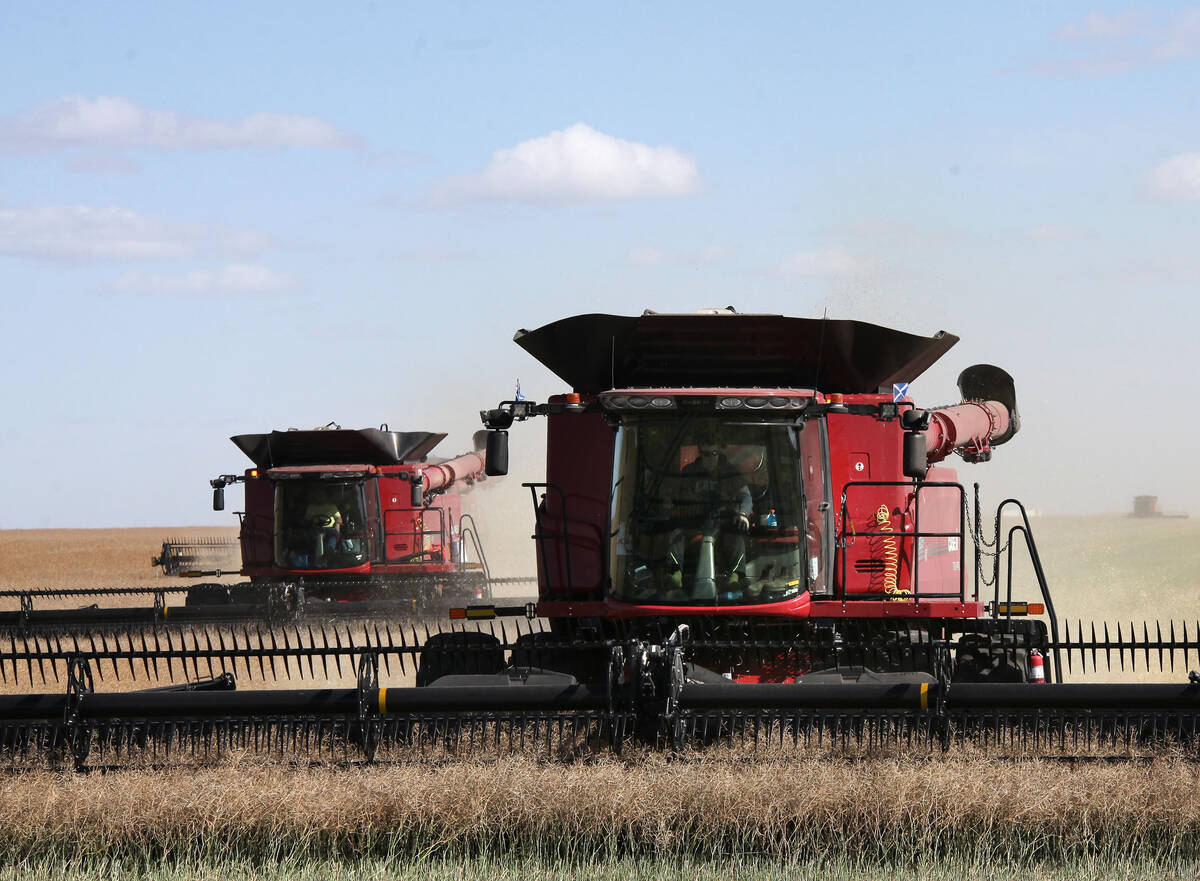Farmers in one Huron County, Ont. watershed are applying almost exactly the nitrogen needed by their crops, but more than 30 per cent more phosphorus than is needed.
University of Guelph researchers reached the conclusions by analyzing multiple years of data collected by the Ausable Bayfield Conservation Authority during in-person interviews with farmers in the Gully Creek Watershed, near Bayfield, about 80 km northwest of London.
Jennifer Leslie analyzed the data, which included 16 farms of various sizes over a six-year period, ending in 2011.
There is concern with phosphorus contributing to algae growth in Lake Erie. The International Joint Commission, which works on Great Lakes health issues, estimates agriculture is responsible for 44 per cent of phosphorus contribution.
Read Also

Notable changes in exports to China, India
China and India figured prominently in the September export data issued by the Canadian Grain Commission on Nov. 7. For the most part, the CGC’s numbers highlighted issues with grain, oilseed and pulse exports from licensed facilities to those countries.
Most of the phosphorus comes from the U.S., but there is significant working happening on the Canadian side to find best management practices to reduce phosphorus going into Lake Erie. Canada and the U.S. have set a goal of reducing phosphorus loads to Lake Erie by 40 per cent in the next decade.
Leslie points out that the Gully Creek Watershed, where the study was conducted, drains to Lake Huron, not Lake Erie. However, Lake Huron itself flows into Lake St. Clair and then into the western basin of Lake Erie where there is most concern about algae.
Leslie, whose thesis advisor was Alfons Weersink, did the analysis from a Lake Huron watershed because there was no similar depth of data available from a Lake Erie watershed. In order to create wide-ranging policy, a broader study is needed, she said.
Leslie recorded how much nitrogen and phosphorus farmers applied to corn and winter wheat fields and compared it to the recommendations that would come from OMAFRA’s NMAN software, which helps determine what nutrient requirements should be supplied to a crop.
“In case of phosphorus in corn and winter wheat, there are statistically higher application rates. In almost every case, on every farm, every field we saw a rate higher than NMAN rate,” said Leslie, who has completed her master’s degree and is now working as a research assistant at Guelph.
In winter wheat, the overapplication of phosphorus compared to NMAN rates was 47.28 per cent, and for corn, 37.83 per cent.
Larger fields also received higher rates of phosphorus than smaller fields. The same was true of larger farm operations.
“We couldn’t go talk to farmers, but I would assume that larger farms are sole-income. They are relying on the crops for income,” and so they took no risks with being low in phosphorus.
The researchers looked to see if they could find a profit- and yield-maximizing rate that justified more application, but did not find it.
In the case of nitrogen, however, farmers applied only slightly higher rate in corn and winter wheat than was recommended by NMAN, almost four per cent for corn and a bit more than five per cent for winter wheat.
Leslie, who has a background in agronomics, said phosphorus is less expensive than nitrogen, it is applied in smaller increments and its correlation with yield is less understood than nitrogen. As a result, it costs farmers little more to apply insurance phosphorus.
Farmers apply around 200 lbs./ac. of nitrogen on corn, but phosphorus application may only be 15 lbs./ac. It doesn’t cost much more to add five more pounds, but that would be a 30 per cent increase. The extra phosphorus comes out of a farmer’s profit and it also comes at an environmental cost, so there’s little to encourage overuse of the nutrient.
However, farmers may say, “If my livelihood is based on this, then I’m going to go with my gut,” said Leslie.
NMAN is required to be used by farmers who operate under nutrient management plans, especially livestock farms, but there were no farms in this watershed that were required to use application rates based on NMAN.
Leslie’s research was published in 2017 in the scientific journal Agriculture, Ecosystems and Environment.
— John Greig is a field editor for Glacier FarmMedia based at Ailsa Craig, Ont. Follow him at @jgreig on Twitter.















